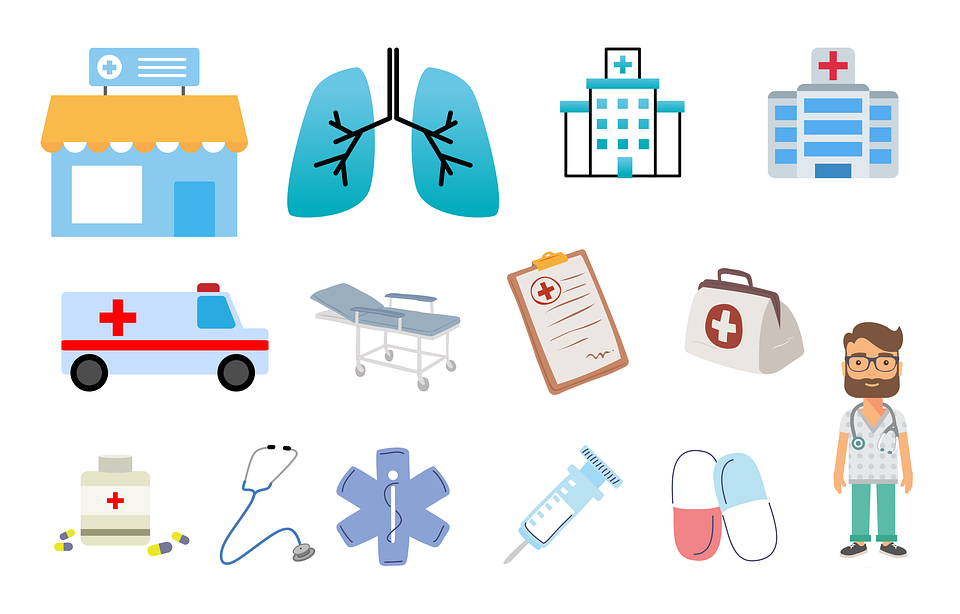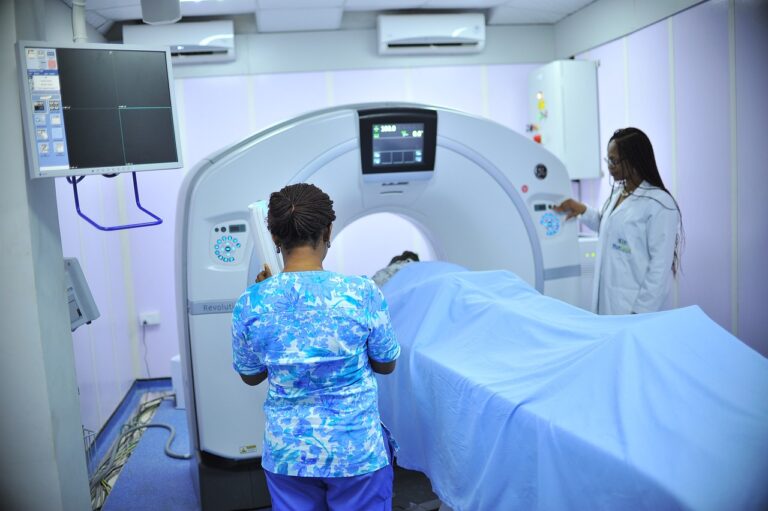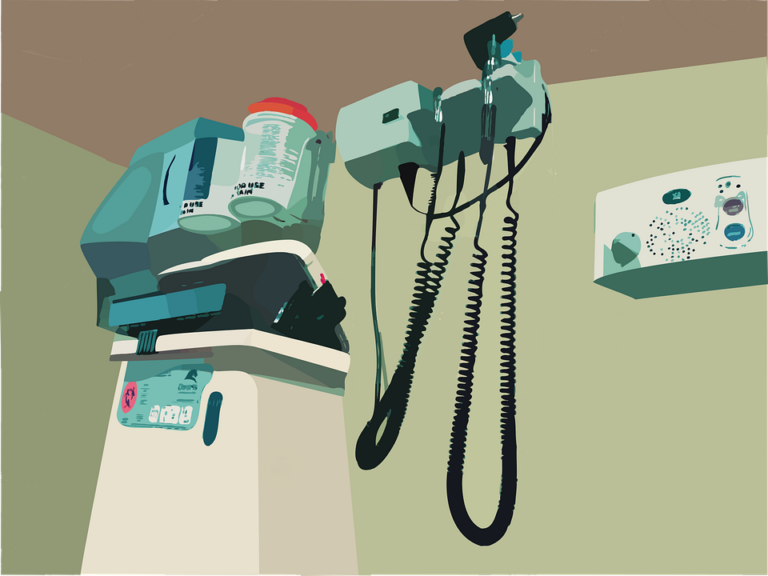Book Appointment Now

The Stetler Model of Research Utilization: Bridging Evidence and Practice
The Stetler Model of Research Utilization is a practical framework designed to facilitate the application of research findings into clinical practice. Developed by Cheryl Stetler in the 1970s and refined over time, the model emphasizes critical thinking, systematic evaluation, and individual accountability in incorporating evidence into decision-making. Unlike other models that focus primarily on organizational change, the Stetler Model addresses both individual and group use of evidence, making it versatile for diverse healthcare settings. This essay provides a comprehensive analysis of the Stetler Model, its stages, applications, and contributions to evidence-based practice (EBP).
Foundations of the Stetler Model: Evidence-Informed Decision-Making
The Stetler Model is grounded in the principle that research utilization is not a passive adoption of evidence but an active, critical process. It recognizes the complexities of translating evidence into practice and accounts for barriers such as resource limitations, contextual constraints, and varying levels of individual expertise (Stetler, 2001).
At its core, the model integrates concepts from critical thinking, problem-solving, and change management. It guides practitioners through a systematic process to assess evidence, decide its applicability, and implement findings effectively. This makes it particularly relevant in the modern era of evidence-based practice, where healthcare providers must navigate a vast and growing body of research to deliver high-quality care.
The Five Phases of the Stetler Model
The Stetler Model comprises five distinct phases, each serving a specific purpose in the evidence utilization process. These phases are designed to ensure a structured and thoughtful approach to integrating research into practice.
1. Preparation Phase
In the preparation phase, the focus is on identifying the problem or issue that requires evidence-based solutions. This involves clarifying the purpose of the inquiry, defining relevant questions, and determining the sources of evidence to explore. Stakeholders, including patients, clinicians, and administrators, may contribute to refining the scope of the problem.
Example: A nursing team identifies an increase in hospital-acquired pressure injuries and decides to explore evidence-based interventions for prevention.
2. Validation Phase
The validation phase involves critically appraising the identified evidence to determine its reliability, validity, and applicability. Practitioners assess whether the evidence aligns with the specific context and needs of their practice setting. Tools such as the GRADE framework or CASP (Critical Appraisal Skills Programme) checklists can aid in this appraisal process.
Example: The nursing team reviews systematic reviews and clinical guidelines on pressure injury prevention, evaluating their methodological rigor and relevance.
3. Comparative Evaluation/Decision-Making Phase
This phase centers on synthesizing the validated evidence and comparing it with existing practices or alternatives. Practitioners weigh the benefits, risks, and feasibility of implementing the evidence in their specific context. Stakeholder input is crucial during this phase to ensure alignment with organizational goals and patient preferences.
Example: After evaluating the evidence, the team decides to implement a bundle of interventions, including frequent repositioning, specialized mattresses, and staff training on pressure injury prevention.
4. Translation/Application Phase
The translation phase involves adapting the evidence into actionable protocols, guidelines, or interventions. This may include developing detailed implementation plans, conducting pilot tests, and training staff to ensure successful adoption.
Example: The team develops a new protocol for pressure injury prevention, trains nursing staff, and conducts a trial in one hospital unit to refine the intervention.
5. Evaluation Phase
The final phase focuses on assessing the outcomes of the implemented evidence-based intervention. Practitioners collect and analyze data to determine whether the changes have achieved the desired results. Feedback from this phase informs ongoing adjustments and future evidence utilization efforts.
Example: The nursing team monitors pressure injury rates over six months, comparing them to baseline data. The results show a significant reduction, validating the effectiveness of the intervention.
Grab a 100% custom nursing paper about The Stetler Model and EBP
Get Custom Nursing Paper
Unique Features of the Stetler Model
The Stetler Model stands out for its flexibility and focus on individual responsibility in research utilization. Unlike models that primarily target organizational change, the Stetler Model recognizes that evidence-based practice often begins with motivated individuals or small groups. It emphasizes critical thinking at every stage, encouraging practitioners to question assumptions, explore alternatives, and consider contextual factors (Stetler, 2001).
Another unique feature is the model’s applicability to both formal research findings and informal sources of evidence, such as experiential knowledge or expert opinion. This inclusivity makes it a practical tool for diverse healthcare environments, including settings with limited access to formal research.
Applications of the Stetler Model in Clinical Practice: A Deep Dive
The Stetler Model’s structured, phase-driven approach makes it a valuable tool for addressing real-world healthcare challenges. Its emphasis on critical thinking and contextual adaptation allows healthcare professionals to implement evidence-based interventions across a variety of clinical scenarios. Below, we explore expanded examples of its application in key areas of healthcare practice.
1. Reducing Hospital Readmissions
Hospital readmissions are a persistent challenge in healthcare, often resulting in increased costs and poorer patient outcomes. The Stetler Model has been effectively used to address this issue by guiding evidence-based interventions focused on care transitions.
- Preparation Phase: A multidisciplinary team identifies high readmission rates for heart failure patients as a priority issue. A problem-focused question is formulated: What evidence-based interventions can reduce readmission rates for heart failure patients?
- Validation Phase: The team critically appraises evidence, such as systematic reviews on care coordination, patient education, and follow-up programs. They assess the methodological rigor of the studies and their relevance to the hospital’s patient population.
- Comparative Evaluation Phase: The evidence points to comprehensive discharge planning and early post-discharge follow-ups as the most effective interventions. The team compares these strategies with current practices, identifying gaps in patient education and follow-up care.
- Translation Phase: A new discharge protocol is implemented, including detailed education on managing symptoms, medication adherence, and scheduling follow-up appointments within seven days of discharge.
- Evaluation Phase: The team tracks readmission rates over a six-month period, finding a 20% reduction compared to baseline. Patient satisfaction surveys indicate improved confidence in managing their condition.
This example demonstrates how the Stetler Model provides a systematic framework for integrating evidence into care processes while allowing for iterative refinement.
2. Enhancing Pain Management Practices
Pain management is a critical component of quality care, yet it is often inconsistent or overly reliant on opioids. The Stetler Model has been employed to develop multimodal pain management protocols that align with evidence-based guidelines.
- Preparation Phase: A perioperative care team identifies suboptimal pain control and high opioid use among post-surgical patients as a concern. They aim to explore non-opioid analgesic strategies.
- Validation Phase: Evidence from randomized controlled trials and meta-analyses on multimodal analgesia is reviewed. The team evaluates the safety and efficacy of options such as acetaminophen, NSAIDs, nerve blocks, and patient education on pain management techniques.
- Comparative Evaluation Phase: Existing pain protocols rely heavily on opioids, with minimal use of non-opioid alternatives. The evidence supports a shift toward a multimodal approach, addressing both pharmacological and non-pharmacological interventions.
- Translation Phase: A new protocol is introduced, incorporating preoperative education, scheduled non-opioid medications, and the use of nerve blocks for specific surgeries. The team conducts training sessions for nurses and surgeons to ensure adherence.
- Evaluation Phase: Post-implementation data show reduced opioid consumption, lower pain scores, and shorter hospital stays. Patients report greater satisfaction with pain management, validating the protocol’s effectiveness.
This application highlights the Stetler Model’s ability to balance evidence appraisal with practical implementation, ensuring both safety and efficacy.
3. Improving Infection Control Measures
The prevention of healthcare-associated infections (HAIs) remains a top priority for healthcare institutions. The Stetler Model provides a roadmap for integrating evidence-based infection control practices into routine workflows.
- Preparation Phase: A hospital identifies a rise in catheter-associated urinary tract infections (CAUTIs) in its intensive care units (ICUs). The team formulates a question: What evidence-based practices reduce the incidence of CAUTIs in ICU settings?
- Validation Phase: Recent evidence is reviewed, including guidelines from the Centers for Disease Control and Prevention (CDC) and systematic reviews on catheter care practices. The team evaluates the strength of the recommendations and their applicability to the ICU setting.
- Comparative Evaluation Phase: The evidence identifies key interventions, such as avoiding unnecessary catheter use, employing aseptic insertion techniques, and implementing daily review protocols for catheter removal. The team compares these with current practices, noting gaps in staff adherence to daily review protocols.
- Translation Phase: A CAUTI prevention bundle is implemented, including staff training, standardized catheter insertion kits, and checklists for daily necessity assessments. The team also incorporates electronic health record (EHR) prompts to remind clinicians to evaluate catheter use.
- Evaluation Phase: The hospital tracks CAUTI rates over a year, noting a 40% reduction. Staff surveys indicate increased confidence in adhering to best practices, and the program is expanded hospital-wide.
This example illustrates the Stetler Model’s focus on translating high-quality evidence into actionable protocols that reduce harm and improve outcomes.
4. Addressing Vaccine Hesitancy
Vaccine hesitancy poses a significant public health challenge, particularly during outbreaks of preventable diseases. The Stetler Model has been used to design and implement community-based interventions to increase vaccine uptake.
- Preparation Phase: A public health team identifies low vaccination rates in a specific community. They seek evidence-based strategies to address hesitancy and improve acceptance.
- Validation Phase: Studies on vaccine education, outreach programs, and the role of trusted community leaders are reviewed. Evidence suggests that tailored, culturally sensitive messaging and partnerships with local influencers are effective in increasing vaccination rates.
- Comparative Evaluation Phase: The team evaluates existing outreach efforts, finding that generalized campaigns fail to address community-specific concerns.
- Translation Phase: A new intervention is designed, featuring town hall meetings led by local healthcare providers and community leaders. Educational materials are translated into the community’s primary languages, addressing specific misconceptions about vaccines.
- Evaluation Phase: Over six months, vaccination rates increase by 25%. Surveys reveal reduced vaccine-related fears and greater trust in healthcare providers, validating the intervention’s success.
This application highlights the Stetler Model’s adaptability to public health challenges, ensuring interventions are both evidence-based and culturally relevant.
Insights from the Stetler Model Applications
These examples demonstrate the Stetler Model’s versatility across various domains, from clinical care to public health. The model’s structured phases ensure that evidence-based interventions are not only scientifically valid but also practical and contextually appropriate. Key takeaways include:
- Tailored Interventions: By addressing specific problems and contextual factors, the model ensures that evidence-based solutions are directly relevant to the target population.
- Stakeholder Engagement: The emphasis on collaborative decision-making fosters buy-in from key stakeholders, enhancing the feasibility and sustainability of interventions.
- Iterative Improvement: The evaluation phase allows for ongoing monitoring and refinement, ensuring continuous improvement in outcomes.
Conclusion
The Stetler Model of Research Utilization serves as a vital tool for translating evidence into actionable improvements in clinical practice. Its emphasis on critical thinking, systematic evaluation, and adaptability makes it a practical framework for addressing diverse healthcare challenges. By guiding practitioners through a structured process of preparation, validation, application, and evaluation, the model ensures that evidence-based interventions are both effective and contextually appropriate. As healthcare continues to evolve, the Stetler Model remains an essential guide for bridging the gap between research and practice, ultimately improving patient outcomes and advancing the field of nursing.
References
- Stetler, C. B. (2001). Updating the Stetler Model of research utilization to facilitate evidence-based practice. Nursing Outlook, 49(6), 272-279. https://doi.org/10.1067/mno.2001.120517
- Melnyk, B. M., & Fineout-Overholt, E. (2018). Evidence-Based Practice in Nursing and Healthcare: A Guide to Best Practice (4th ed.). Wolters Kluwer.
- Hardin, S. R., & Kaplow, R. (2017). Synergy for Clinical Excellence: The AACN Synergy Model for Patient Care. Jones & Bartlett Learning.
- Brown, C. E., Wickline, M. A., Ecoff, L., & Glaser, D. (2009). Nursing practice, knowledge, attitudes, and perceived barriers to evidence-based practice at an academic medical center. Journal of Advanced Nursing, 65(2), 371-381. https://doi.org/10.1111/j.1365-2648.2008.04878.x







